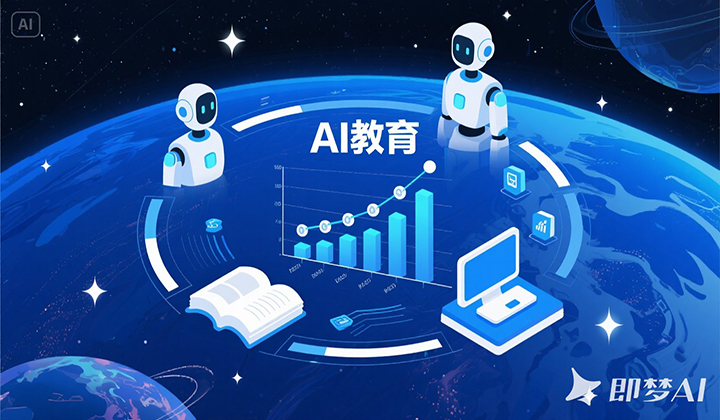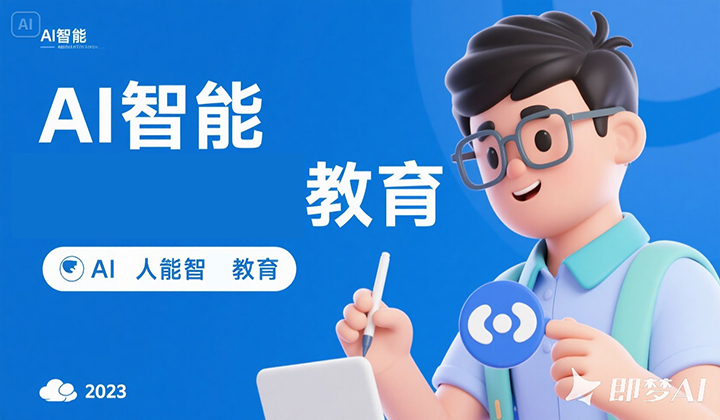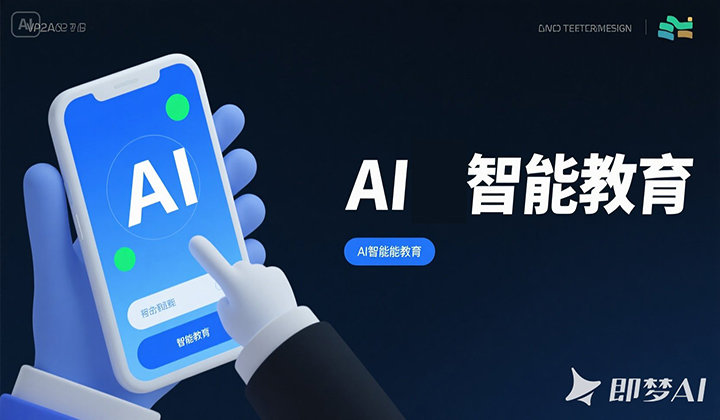The AI Revolution in Education: An Unavoidable Evolution with Transformative Benefits
The AI Revolution in Education: An Unavoidable Evolution with Transformative Benefits
I. The Inevitability of AI in Education
Three irreversible forces mandate AI integration:
1. Technological Imperative
-
Digital Native Demand: 92% of Gen Z learners prefer AI-enhanced tools (Pearson Global Learner Survey 2024).
-
Knowledge Explosion: With human knowledge doubling every 12 hours (MIT), AI curation becomes essential.
-
Workforce Preparation: 85% of Fortune 500 companies use AI daily—schools must mirror this reality.
2. Economic Necessity
| Challenge | AI Solution |
|---|---|
| $1.2 trillion global teacher shortage (UNESCO) | AI tutors serve 50:1 student ratios |
| 375 million workers needing reskilling (McKinsey) | AI micro-credentials deliver training 3x faster |
| 43% cost inflation in traditional education | AI automation reduces operational expenses by 30% |
3. Equity Emergency
-
AI bridges divides for:
-
260 million out-of-school children (UNICEF)
-
Rural students with 94% less resources (World Bank)
-
Learners with disabilities through tools like Google’s Project Euphonia
-
II. Transformative Advantages of AI Integration
A. Pedagogical Revolution
-
Precision Learning
-
DreamBox’s AI adjusts math problems in real-time, boosting test scores 28%
-
-
Cognitive Scaffolding
-
Century Tech’s neuro-adaptive platform reduces learning gaps by 42%
-
-
Immersive Mastery
-
VR surgical simulations (Osso VR) improve medical student performance by 45%
-
B. Operational Transformation
4. Teacher Empowerment
-
AI automates grading (saving 15 hrs/week) and planning (MagicSchool AI)
-
Predictive Intervention
-
Georgia State’s early-warning system cut dropouts by 22%
-
-
Resource Optimization
-
AI scheduling reduces facility costs by 18% (EdTech Magazine)
-
C. Societal Impact
7. Democratized Access
-
Kenya’s Eneza Education delivers tutoring via SMS ($0.10/week)
-
Lifelong Learning
-
LinkedIn Learning’s AI recommends micro-courses to 76% of professionals
-
-
Sustainable Education
-
Digital AI textbooks save 12M tons of paper annually
-
III. Navigating the Transformation
Overcoming Challenges:
-
Bias Mitigation: IBM’s AI Fairness 360 toolkit audits algorithms
-
Human-AI Symbiosis: Finland trains teachers in "AI Copiloting"
-
Infrastructure Equity: Brazil’s solar-powered learning pods for favelas
Implementation Roadmap:
-
Phase 1 (2024-2026): AI teaching assistants in core subjects
-
Phase 2 (2027-2029): Adaptive AI as curriculum backbone
-
Phase 3 (2030+): Teachers as "cognitive coaches" in AI-personalized ecosystems
Conclusion: Embracing the Inevitable
The AI transformation of education combines unavoidable necessity with unprecedented opportunity. Institutions resisting this shift risk obsolescence, while early adopters like South Korea (AI textbooks in 100% of schools by 2025) demonstrate radical improvements in equity and efficacy. As UNESCO’s 2024 Beijing Declaration states: "AI in education isn’t a choice—it’s our collective responsibility to future generations." By harnessing AI’s power while preserving human mentorship, we can build education systems that are simultaneously more personalized, more accessible, and more human.














